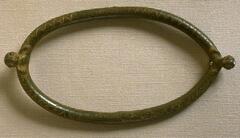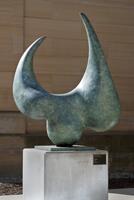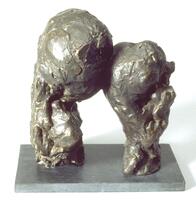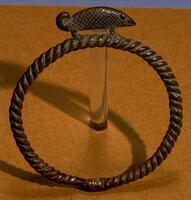57 UMMA Objects
57 UMMA Objects
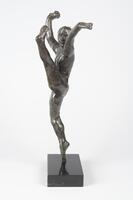
Auguste Rodin (French (culture or style))
Dance Movement A
1911 – 1956
Gift of the Kurt Delbanco Trust in honor of Nicholas Delbanco, and partial purchase
2011/1.71
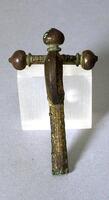
Gallo-Roman (Gallo-Roman)
Crossbow fibula with vegetal ornament on the catchplate
450 – 500
Gift of Mr. Robert H. Tannahill
1966/2.17
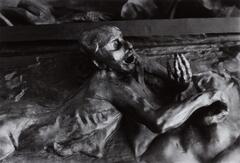
Diana Williams
Closeup of "Gates of Hell, Rodin, Paris"
1998
Gift from the Collection of David S. Rosen MD, MPH
2014/2.195
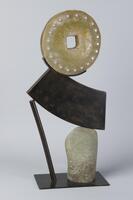
Herb Babcock (American (North American))
Pillared #5
1990
Gift of Carol Wilke in honor of Manuel and Joan Jacobs
2015/2.56

Burmese
Temple bell with handle of a pair of addorsed lions and a dragon
1907
Gift of Timothy L. Dickinson and Anja Lehmann
2002/2.237A-C
![Round mirror with a loop on top for suspending by card, and the bottom loop has mostly broken offf. A swastika symbol is in relief on the reverse side.<br />
<br />
This mirror features a swastika in relief on its reverse side. The patterns surrounding the swastika are difficult to identify because of severe peeling. This mirror has a loop on the top for suspending a cord, but the one on the bottom has fallen off leaving only a trace.
<p>[Korean Collection, University of Michigan Museum of Art (2017), 241]</p>
Round mirror with a loop on top for suspending by card, and the bottom loop has mostly broken offf. A swastika symbol is in relief on the reverse side.<br />
<br />
This mirror features a swastika in relief on its reverse side. The patterns surrounding the swastika are difficult to identify because of severe peeling. This mirror has a loop on the top for suspending a cord, but the one on the bottom has fallen off leaving only a trace.
<p>[Korean Collection, University of Michigan Museum of Art (2017), 241]</p>](/media/W1siZiIsIjIwMjIvMDkvMjQvM2JrNXJ1MnRuaV9kZWZhdWx0LmpwZyJdLFsicCIsInRodW1iIiwiMjQweDIwMCJdXQ?sha=6fa68766d46b328c)
Korean (Korean (culture or style))
Bronze Mirror with Swastika Motif
918 – 1392
Gift and partial purchase from Bruce and Inta Hasenkamp, purchase with funds from Elder and Mrs Sang-Yong Nam
2021/1.143

Aristide Maillol (French (culture or style))
Seated Nude
1881 – 1944
Gift of A. Paul and Ellen G. Victor
1985/1.127
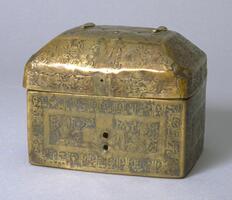
Iranian (Iranian)
Casket with inscription in floriated Kufic script
12th century
Museum Purchase
1959/1.113
Loading…
